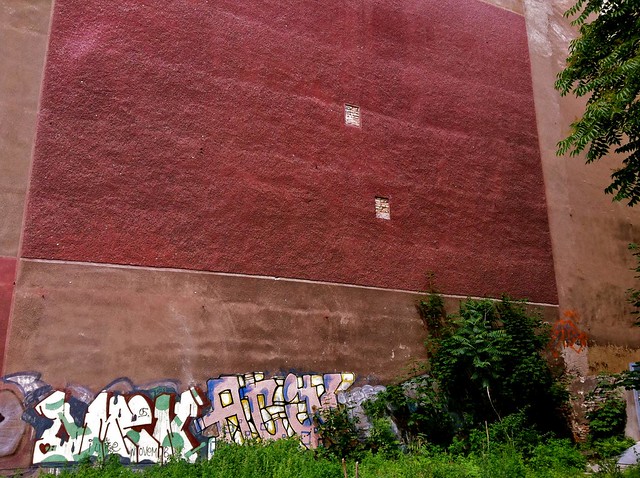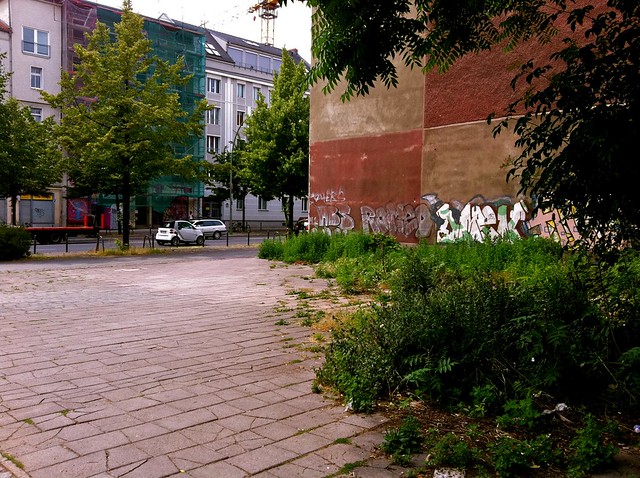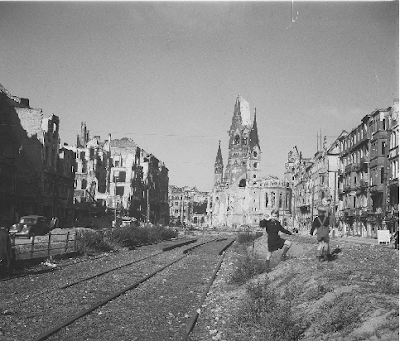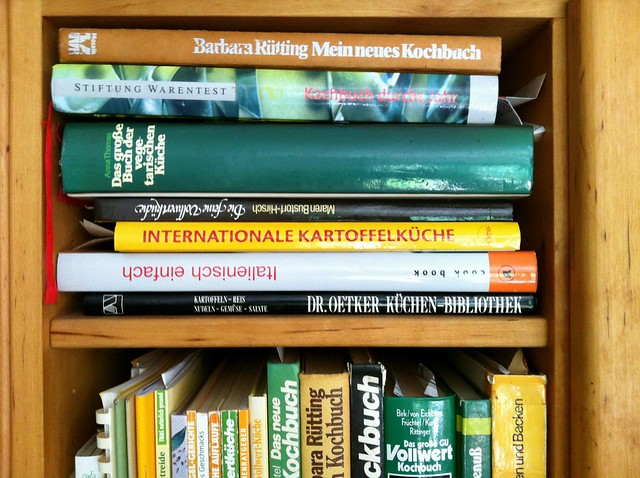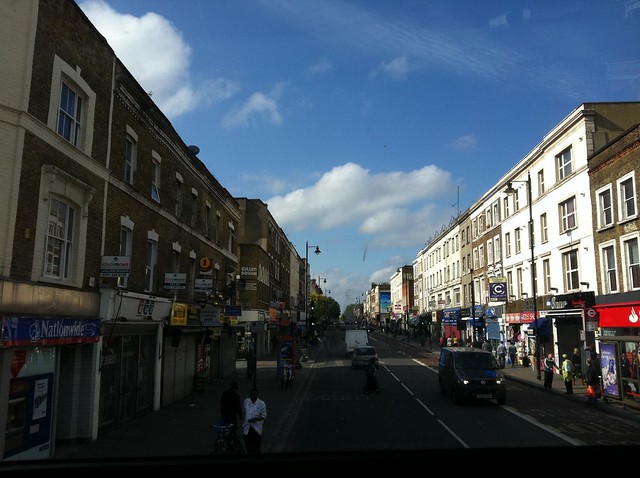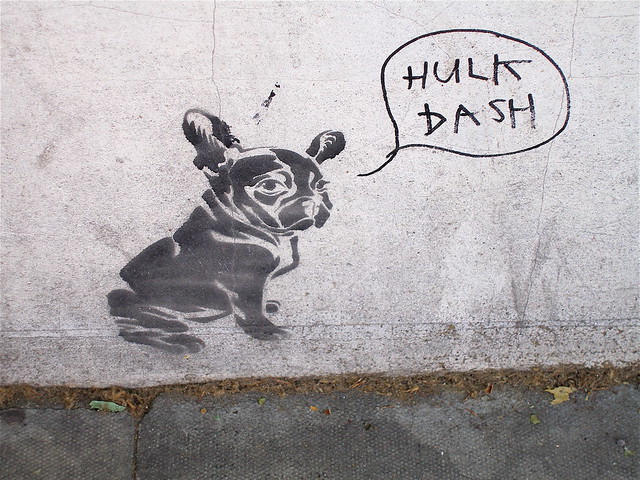Recently while at a friend's house in London, I read parts of
Tim Ingold's book about the anthropology of the line. One of the works featured in the book was
Richard Long's A Line Made By Walking (1967), which consisted of the artist walking back and forth in the grass in a straight line in the English countryside, which eventually left behind a path.

Richard Long - A Line Made by Walking
Another thing I saw in the book was the Chutchi map of the underworld, which consisted of interesting swirly wormholes indicating where souls entered the underworld and apparently wandered constricted by the lines which they could not see - thus forming some manner of an invisible hell that one could not escape.
(Right page) "Chutchee maps representing paths in the world of the dead"
I like this idea of lines that cannot be seen which still define our travels through spaces or across territories. And this is where this project begins.
dream syntax / dream mapsFrom 2008-2010 I was collecting my dreams in the form of hastily scrawled maps (replete with lines indicating the path of motion within the dream space), with the idea that I would one day piece together a massive interconnected map of these maps to form a giant dreamscape. A dream world.
As dreams are highly visual, I felt that the only way to adequately document my dreams would be to draw maps of the spaces. At the time when I began the project I was inspired by Bill Hillier's theories on "space syntax", which suggested that the navigability of a space and its isovists (the field of view from any one point) had direct affect over social behaviour within those spaces. Since humans spend about a third of their lives sleeping and presumably dreaming (whether or not we remember our dreams), I believe that the dream spaces we experience may also play a significant role in shaping our behaviour in waking life.
Earlier this year, a friend who grew up in Cornwall noted that all my maps had buildings in them, which was also a reflection of how all my dreams had buildings in them. They could only have buildings in them because I had always lived in a big city. And it could also be said that my maps were less like maps and more like floor plans. My dream maps were focused on the imagined spaces within the imagined buildings, even though I sometimes traced out a line which indicated my passage through that imaginary space.
But what if there were no buildings? One could still navigate through space, through dream territories all the same. But how would I map it then?
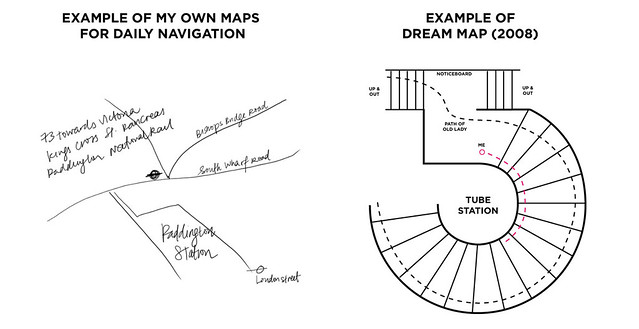
Difference between Journey Maps and Floor Maps
Another thing was that I realised that I didn't draw the same types of maps sketches for daily navigation - I just drew lines to indicate the path I would have to take. The use of daily maps was for me to get to a destination, and while interior building maps were fine and good for illustrating spaces, they were not that useful for navigating with. It was as if the spaces did not exist without the buildings - but very many paths and roads do exist without the crutch of buildings around them.
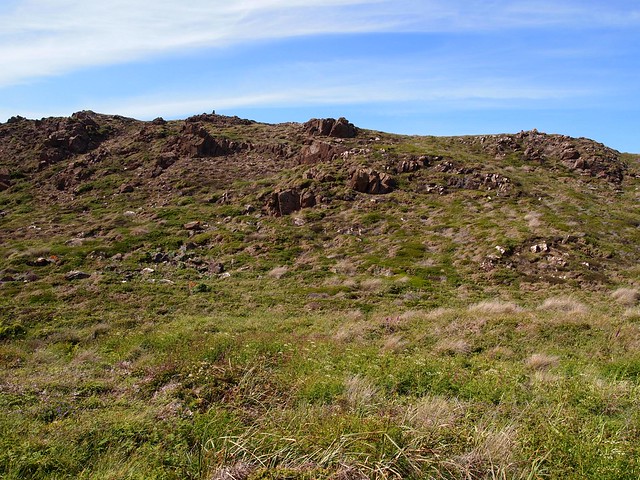 Kynance Cove, Cornwall.
Kynance Cove, Cornwall.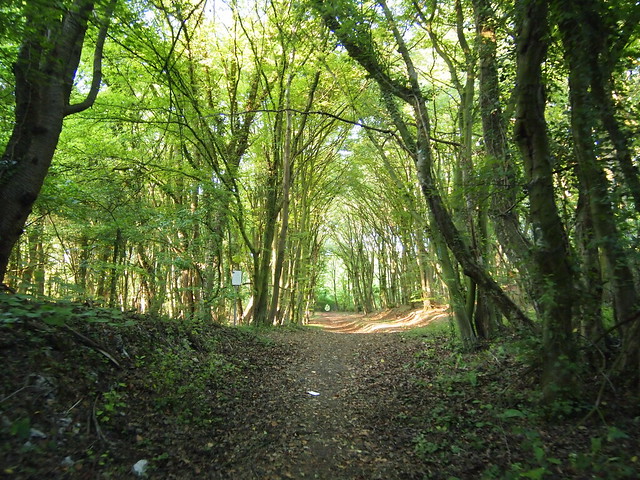 Lengerich, North Rhine-Westphalia.
Lengerich, North Rhine-Westphalia.
Travelling between city and countryside within the UK (London/Cornwall) and Germany, (Berlin/North Rhine-Westphalia), I thought it might be a good time to collect maps and explore the handdrawn map-making process.
More on that in the posts to come...


